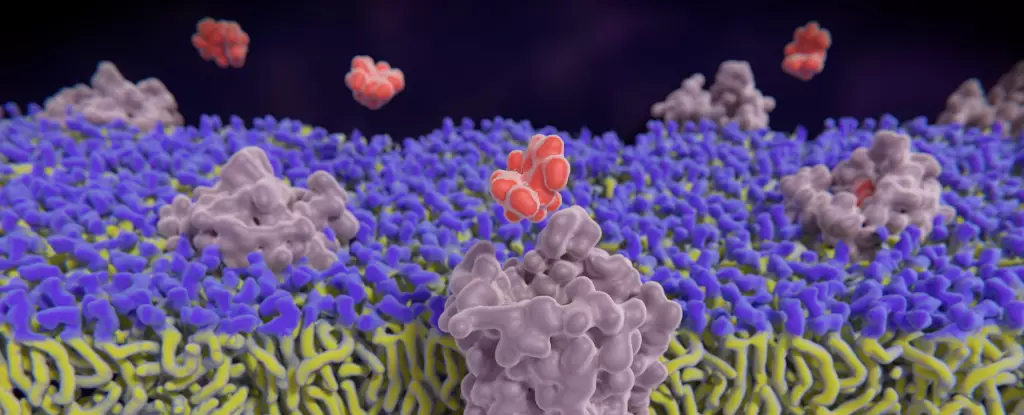The world of opioids is a complex one, influencing both our bodies and our brains in ways that are not fully understood. While many may associate opioids with drugs like heroin and fentanyl, the truth is that the human body has its own opioid system that plays a crucial role in our brain’s reward and aversion pathways. This system consists of three main receptors – kappa (κOR), delta (δOR), and mu (µOR) – which are activated by various neurotransmitters released in response to pleasure, pain, and stress. One of the most well-known of these neurotransmitters is endorphins, often referred to as ‘endogenous morphine’, but there are many others that play a role in this intricate system.
The Role of Opioid Drugs
Opioid drugs, whether synthetic or naturally occurring, have a profound effect on our opioid receptors. These drugs bind to the receptors, activating them and often leading to feelings of euphoria and pain relief. While some opioids, like loperamide, may not have psychoactive effects, most opioids are highly addictive due to the way they interact with our brain’s chemistry. This addictive nature has made opioids both valuable as painkillers and dangerous due to the potential for abuse.
One of the main challenges in understanding how opioids work is the complexity of the opioid receptors themselves. These receptors can be activated by a multitude of endogenous opioid peptides, each with varying levels of affinity and selectivity. This means that the activation of the receptors is more nuanced than a simple on/off switch, with different opioids binding more or less strongly to each receptor. Additionally, the small quantities of neuropeptides involved in the opioid system make studying their interactions difficult, as they are released in much lower concentrations than traditional neurotransmitters.
A recent study from the University of California Davis has introduced a new method for studying opioid receptors in real-time. By using fluorescing receptors in neurons of mice, researchers were able to visualize the activity of opioids in a living brain. This technique involved the use of three biosensors, each corresponding to one of the main opioid receptors. These biosensors fluoresce when a substance activates the receptor, allowing researchers to track the activity of the receptors as they respond to various stimuli.
Implications for Future Treatments
The findings from this study have the potential to greatly impact our understanding of the opioid system and may lead to new treatments for conditions like anxiety, depression, and chronic pain. By gaining a better understanding of how opioids interact with our brain’s receptors, researchers hope to develop medications that provide the pain relief of traditional opioids without the risk of addiction. This research opens up new possibilities for exploring the complexities of the opioid system and finding safer, more effective treatments for a variety of conditions.


Leave a Reply